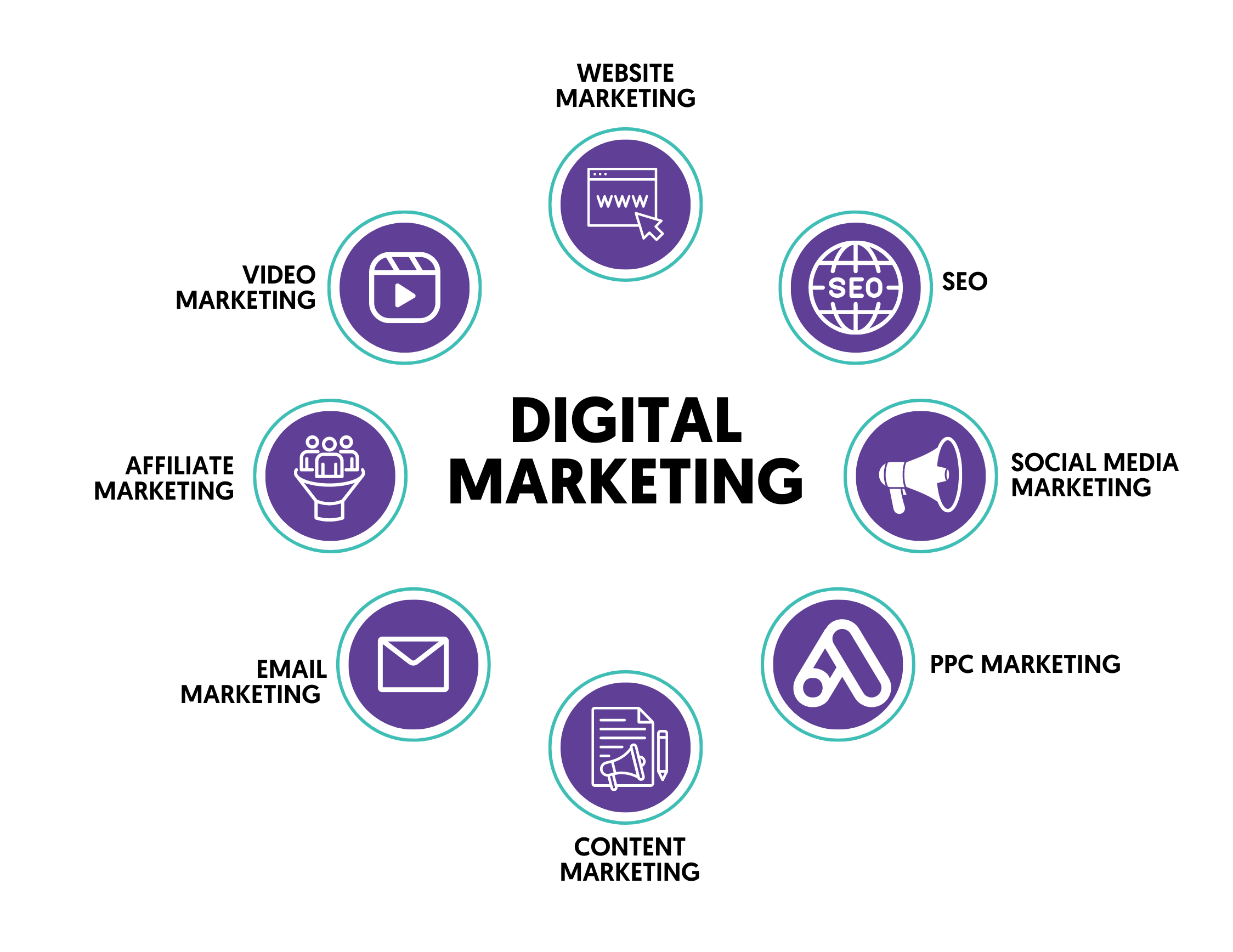Enhance Customer Experience and Drive Web Traffic With Responsive Internet Design
In today's electronic landscape, where customers are accessing sites from a plethora of gadgets, responsive internet layout has actually ended up being more crucial than ever. With its capability to adapt and effortlessly adapt to various screen sizes, responsive style not just boosts individual experience however also drives traffic to your website. Why is this design approach so vital? How does it improve user involvement and boost internet site web traffic? In this conversation, we will discover the key elements of effective responsive style, dive right into the very best techniques for its implementation, and reveal the secrets to improving individual experience while driving even more website traffic to your web site.
Why Receptive Internet Style Matters
Responsive web style is a vital aspect of modern-day internet growth as a result of its capability to guarantee optimum user experience throughout different devices and screen sizes. With the spreading of smart devices, tablets, and other smart phones, it has become important for sites to adapt and supply seamless performance regardless of the tool being made use of.
The key reason responsive website design issues is that it permits users to have a regular and enjoyable surfing experience, no matter the gadget they are utilizing. A receptive web site instantly changes its layout, web content, and design components to fit the screen size and resolution of the gadget, guaranteeing that individuals can quickly communicate and browse with the web site without any inconvenience or stress.
In addition, responsive web design also plays a considerable role in search engine optimization (SEO) Browse engines, such as Google, prioritize web sites that are mobile-friendly and receptive in their search results page. By integrating receptive layout principles, web sites can enhance their exposure and position, bring about enhanced organic traffic and prospective clients.

Boosting Customer Engagement Via Responsive Design
Optimizing user interaction is a crucial objective of responsive style, as it makes certain that customers can conveniently accessibility and communicate with site web content on any type of tool. With the enhancing use tablets and mobile phones, it is vital for websites to adapt to different screen dimensions and resolutions. Receptive design enables sites to immediately change their design and material to give a seamless user experience across devices.
One of the major methods receptive layout improves individual involvement is by reducing tons times. With a receptive website, individuals don't have to wait on different mobile versions to lots, causing quicker access to material. This enhanced speed brings about greater customer contentment and encourages them to invest more time on the site.
Furthermore, receptive style improves individual interaction by improving navigating and interface (The Ad Firm Web Design). When a website is developed responsively, buttons and food selections are optimized for touch interactions, making it simpler for individuals to browse and connect with the site on their mobile phones. This straightforward and instinctive experience keeps users engaged and urges them to check out even more of the site
Additionally, responsive design permits far better content presence and readability. By adapting the format and typeface dimensions to various tools, receptive internet sites guarantee that users can conveniently recognize the web content and read. This improves user involvement by lowering the need for scrolling or zooming to review the text.
Boosting Website Web Traffic With Responsive Website Design
With the expanding popularity of smart phones, having an internet site that is responsive to different screen sizes and resolutions is essential for driving raised web traffic. In today's electronic landscape, customers are accessing sites from a range of gadgets such as smart devices, tablet computers, and computer. Each of these gadgets has various screen dimensions and resolutions, and if your internet site is not designed to adjust to these variations, it can lead to an inadequate individual experience and a loss of possible website traffic.
Responsive web design makes sure that your web site Continued looks and functions optimally across all gadgets. By utilizing flexible grids, liquid pictures, and media inquiries, receptive layout allows your website to instantly change its material, format, and navigating to fit any kind of screen size. This means that users will certainly have a seamless surfing experience no matter of whether they are Check This Out using a little smart device or a large desktop computer computer.
Crucial Element of Efficient Responsive Style
Effective responsive style integrates several key elements that guarantee a smooth customer experience throughout various devices. One of these components is versatile grids and designs. By utilizing loved one units like percentages rather than taken care of devices like pixels, developers can develop formats that adjust and scale to fit various screen dimensions. This permits material to be presented in a visually enticing and readable manner on any kind of gadget.
One more important aspect is media queries. These enable developers to apply various styles and designs based on the qualities of the customer's device, such as screen size and positioning. By using media queries, designers can enhance the presentation of material for each tool, making sure that it is legible and quickly obtainable.
Responsive photos are likewise crucial in reliable responsive layout. Pictures that are also huge can reduce page tons times on mobile tools, while photos that are also little may show up pixelated on larger displays. By utilizing strategies such as receptive photo resizing and careless loading, designers can guarantee that pictures are appropriately sized and enhanced for each and every tool.
Last but not least, reliable receptive layout includes a mobile-first method. This indicates designing and focusing on material for smart phones first, and then expanding and improving the layout for larger screens. This strategy ensures that one of the most vital web content is quickly obtainable on smaller screens, while still providing a rich experience on bigger gadgets.
Best Practices for Applying Receptive Web Layout
Implementing receptive web style requires mindful consideration of different finest practices to make certain an ideal customer experience across different devices. When applying responsive internet design., right here are some key finest practices to follow.
Firstly, it is essential to focus on mobile customers. With the boosting supremacy of mobile phones, designing for mobile-first has actually ended up being crucial. Begin by making for smaller sized displays and then considerably improve the design for larger displays.

Another crucial best practice is to Visit Website optimize images for various screen resolutions. Huge photos can reduce the filling time of your website, specifically on mobile phones with slower links. Usage responsive photos that can be resized based on the device's display resolution to improve efficiency.
Furthermore, test your website on various gadgets and display dimensions to make certain a constant and smooth experience. There are different screening tools available that can aid you identify any type of concerns and make necessary changes.
Finally, prioritize functionality and ease of access. Guarantee that your web site is easy to navigate, with clear and concise web content. Ensure that your internet site is accessible to individuals with handicaps and follows availability guidelines.
Verdict
To conclude, receptive web layout plays an essential duty in boosting customer experience and driving traffic to websites. By embracing receptive style concepts, sites can ensure ideal seeing experiences across different gadgets, causing boosted individual engagement (seo Carlsbad). Responsive layout can also contribute to higher internet site traffic as it improves search engine rankings and helps with simple sharing of web content. Therefore, businesses should concentrate on applying the vital aspects and ideal techniques of receptive style to properly meet the needs of modern individuals.
Enhancing individual engagement is a vital goal of receptive design, as it ensures that customers can quickly accessibility and communicate with website web content on any type of tool. Responsive layout enables websites to instantly change their format and content to give a seamless user experience across tools.
In addition, receptive style improves user involvement by boosting navigation and customer interface.Responsive photos are likewise crucial in reliable responsive layout. By taking on receptive layout principles, websites can guarantee optimum viewing experiences throughout different tools, leading to boosted customer interaction.